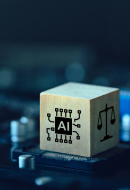Deep learning
Deep learning: a key concept to take artificial intelligence to the next level
Deep learning, which is based on a set of algorithms related to machine learning and whose real-world applications are increasingly tangible (prediction of business results, evolution of virtual assistants, analysis of medical images, etc.), has attracted the attention of companies for its ability to get the most out of artificial intelligence.
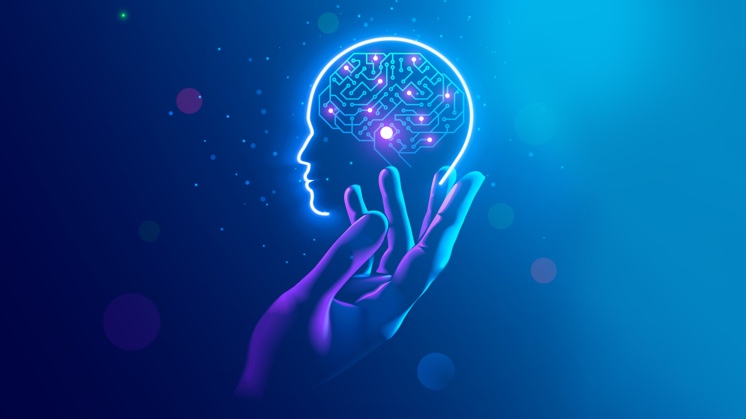
You are going to unlock your mobile phone, but it is not one of those fingerprint-operated ones. Instead, the camera recognises your face, identifies you as the owner and unlocks for use. To complete that process, seemingly simple to your eyes, the phone had to learn to recognise variations in your facial expressions and it did so thanks to a deep learning system. This is just one of the applications of this technology.
WHAT IS DEEP LEARNING
Deep learning is based on machine learning in order to progressively get a computer to learn on its own and perform human-like tasks, such as image identification, speech recognition or predictions, from a large amount of data and after numerous layers of processing with algorithms.
What does this mean? For example, in handwriting recognition, every time we write a letter B by hand the letter is slightly different. Not only that, but each person does it in his or her own way. Deep learning systems have the ability to identify the stroke, made at any time and by any person, as the letter B with a high level of accuracy.
How does deep learning work
Deep learning algorithms are applied to artificial neural networks structured in layers: input layer, hidden layer and output layer. Data enters through the first layer, in which there are several artificial neurons that are activated or not depending on the data. Returning to the previous example, in this first layer (input layer) the recognition of a line or a dot can be activated, in the intermediate layers (hidden layer) this combination of lines and dots is processed until it is decided that it is a letter, and finally the output layer determines that it is the letter B.
Artificial intelligence, machine learning and deep learning
Although the relationship between artificial intelligence, machine learning and deep learning can be confusing, in reality it is enough to be clear about the correlation between them. To put it very simply, deep learning is a particular case of machine learning, which in turn is an application of artificial intelligence. In the following infographic, we discuss the nuances between ones and others:
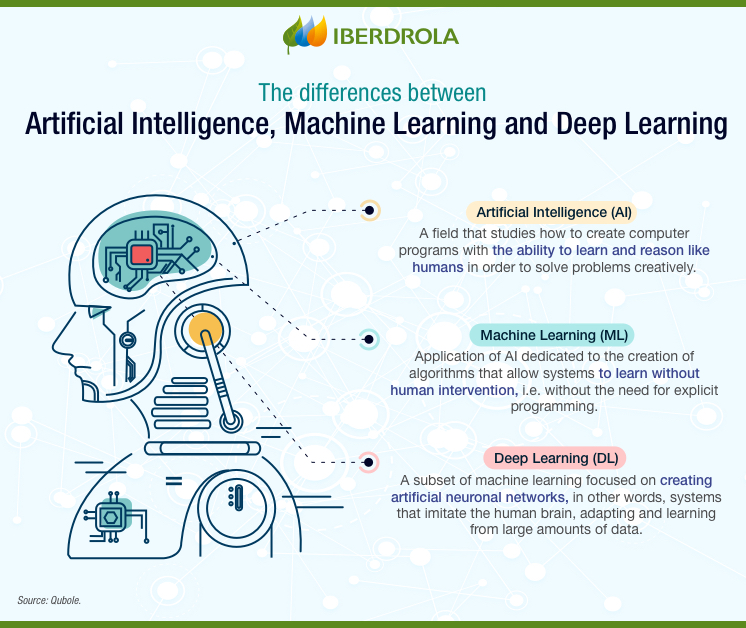
The way to train a deep learning algorithm is to feed it massive amounts of data. The more it analyses, the more accurate it becomes. Therefore, all these technologies are also related to big data and play a relevant role in its applications, which seek to extract meaning, as a human would, from huge amounts of data.
APPLICATIONS OF DEEP LEARNING
Deep learning algorithms have a multitude of applications:
 Artificial vision
Artificial vision
Artificial vision acquires the ability to recognise characters, images, objects and even faces, and its impact on Industry 4.0, for example, in quality control, will be significant.
 Predictive analysis
Predictive analysis
Predictive analysis can generate more accurate forecasts of business results, market developments or energy needs.
 Virtual assistants
Virtual assistants
Alexa, Cortana or Siri are assistants that understand and execute the user's voice commands in natural language and are able to learn over time.
 Chatbots
Chatbots
Chatbots are used in customer service systems to solve users' problems through a chat and they also learn progressively.
 Robotics
Robotics
Deep learning makes it easier for robots to perform human-like tasks, including making decisions in real time. They can also take care of their own maintenance.
 Health
Health
Through the analysis of medical images, it facilitates disease detection and computer-aided diagnosis, even without the intervention of personnel.
 Entertainment
Entertainment
Streaming content companies, such as Netflix, HBO or YouTube, provide automatic recommendations and subtitles to their users.
 News and advertising
News and advertising
It allows news to be personalised according to users' preferences — similar to what happens with advertisements — and to detect what is known as fake news.
 Music
Music
A machine can learn the notes, structures and patterns that make music popular, even to the point of composing its own songs.
BENEFITS OF DEEP LEARNING
The advantages of deep learning include:
- The characteristics of the system do not have to be defined in advance, as the system deduces and adjusts to them, driving the automation of processes.
- The reliability of the system in the face of natural variations in the data is automatic, considerably reducing errors.
- The performance of the system is better the larger the amount of data and the more the different necessary processes can be carried out in parallel.
- The architecture of the system is flexible, so it can evolve and adapt to new problems in the future.

Green artificial intelligence
Green AI has emerged as one of the main mitigation pathways.
-R. San Juan Moya-
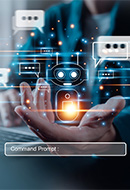
What is AI?
Are we aware of the challenges and main applications of AI?

Evolution of Artificial Intelligence
Find out how AI has evolved over the years.
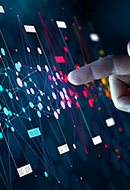
Types of AI Algorithms
Learn about the types of algorithms used by Artificial Intelligence.





